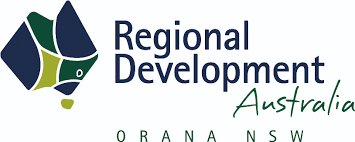NSW Circular release Australian Circular Economy Briefing
Key sectors will catalyse the Australian circular economy

Australia’s ban on waste exports commenced on January 1, 2021, marking a milestone in the progression towards a circular economy and the responsible management of our waste resources.
However, NSW Circular warn the export bans only scratch the surface of Australia’s circular economy opportunity. With many other materials heading to landfill, we are still missing out on the economic benefits of keeping them in productive use longer while addressing the nation’s waste problem.
The Australian Bureau of Statistics’ latest Experimental Waste Account statistics show that Australia generated over 75 million tonnes of waste in 2018-19. They also show the four materials — glass, plastics, tyres, and paper and cardboard — on the export ban list represented 32 percent, or 1.5 million tonnes, of the total 4 million tonnes of waste exported that year: which has ignited momentum for substantial new investment in Australian recycling infrastructure.
Looking beyond our exported waste, however, there is an even more significant onshore opportunity for materials recovery and emissions reduction that is five times the size of the waste export market: the 20 million tonnes of materials that go to landfill every year in Australia.
Key sectors that will catalyse the circular economy
- Infrastructure
- Regional circular economy precincts in NSW
- Households and the circular economy
- Redeployment of used materials
To capitalise on these circular economy opportunities for materials recovery, further research is important to inform the development of new sustainable markets for recycled products to solve both technical and non-technical problems.
As a start, NSW Circular has established a research task force bringing together key NSW universities and research organisations to work together to remove barriers to the circular economy.
To read further details, access the Australian Circular Economy Briefing here.















